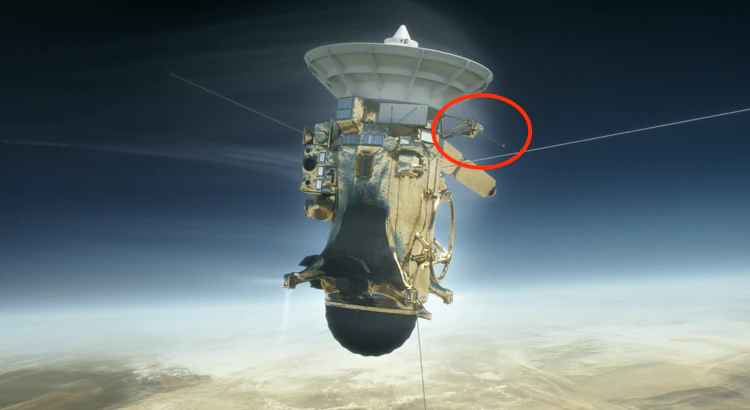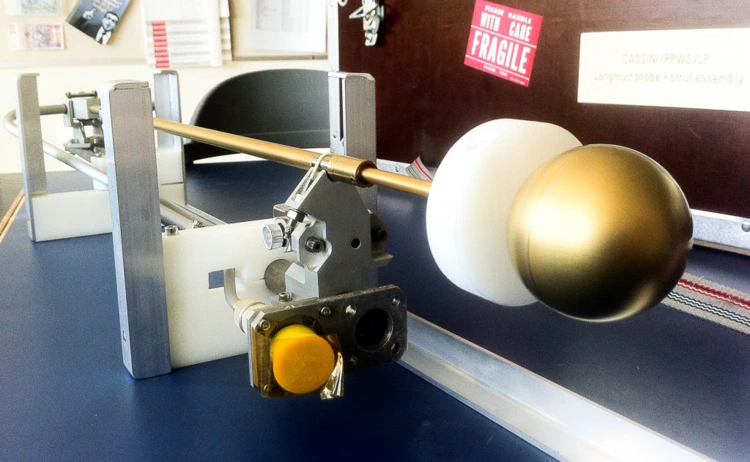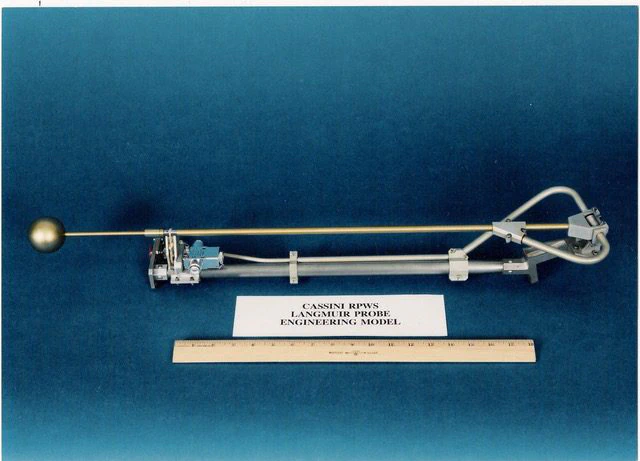 NASA
NASACassini
The launch of the spacecraft Cassini and the lander Huygens took place from Cape Canaveral in October 1997. Cassini reached Saturn and its icy moons in July 2004 and six months later Huygens was dropped onto the moon Titan. The Cassini mission ended with a planned crash into Saturn’s gas clouds on 15 September 2017.
The project planning for NASA’s Cassini and ESA’s Huygens started in 1982 and seven years later IRF in Uppsala began to construct and build a space weather station/Langmuir probe for Cassini.
The instrument was used to investigate the thin plasma around the planet and the upper atmosphere of Titan. The Langmuir probe could measure temperature, wind speed and pressure.
Measurements at Saturn
Saturn’s magnetosphere consists of a huge magnetic bubble around the ringed planet, enclosing the entire ring system and most of the moons. The distribution of plasma around Saturn is one of the things the scientists are interested in.Another main focus is the moon’s Titan ionosphere. On Titan, as on Earth, the atmosphere consists mostly of nitrogen, but there are also large amounts of methane and other hydrocarbons.
Radio and Plasma Wave Instrument RPWS
IRF in Uppsala participated in the Cassini mission as part of a larger consortium. The consortium was led by the Department of Physics and Astronomy at the University of Iowa, USA, which developed the Radio and Plasma Wave Science (RPWS) instrument. RPWS consisted of three different types of sensors: radio antennas, a magnetometer and IRF’s contribution, the Langmuir probe.
NASA - Cassini
ESA - Cassini
Images, instrument

